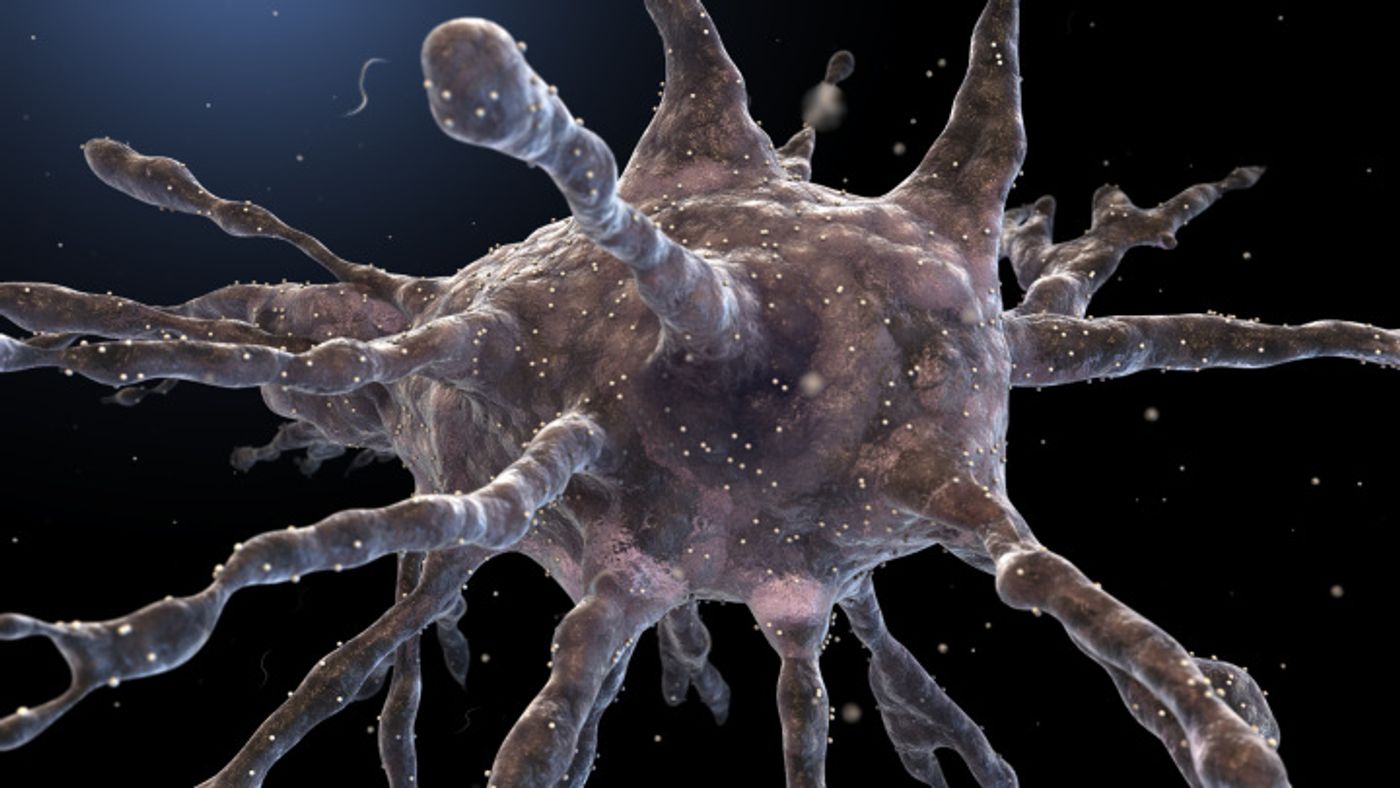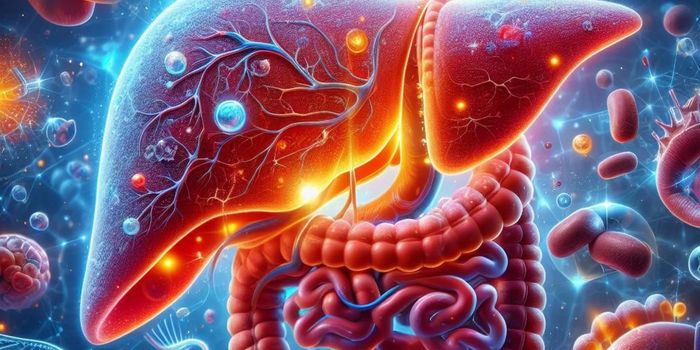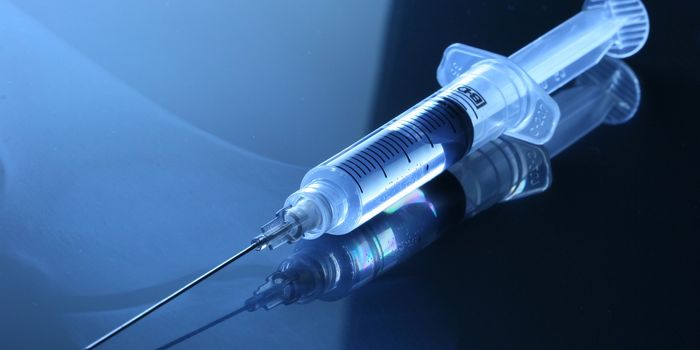Dendritic cells use phagocytosis to break up molecules from pathogens to present on their cell surface to warn other lymphocytes of an invasion. In a recent study published in
Immunity, scientists identified just how antigen presentation works for dendritic cells.
Before dendritic cells can begin to phagocytose pathogens, they need to be activated by non-specific receptors like Toll-like receptors, which are some of the first responders to an invasion of foreign particles. Lipopolysaccharide (LPS) is a component of the cell walls of bacteria and is recognized by Toll-like receptors.
A team of scientists from VIB, UGent, and Institute Curie in France investigated the interaction between the aggregation of lysosomes and dendritic cells after Toll-like receptors bind LPS, looking at pathways important for “antigen degradation and cross-presentation.” A “fusion between phagosomes and lysosomes” is created during antigen activation that “influences the presentation of antigens.”
The researchers discovered that a delay occurring during dendritic cell activation hinders phagosome and lysosome fusion to the point where dendritic cells have just enough time to properly present antigens after phagocytosis and internal breakdown. In addition, the team identified the “critical link” to the lysosome aggregation, an organelle trafficking regulator called Rab34.
"This transient activity of mature DCs might restrict them in a way that they need to internalize and cross-present foreign antigens while pathogens are present, but before tissue destruction becomes too dominant,” said Rudi Bevaert, PhD.
Source:
VIB









